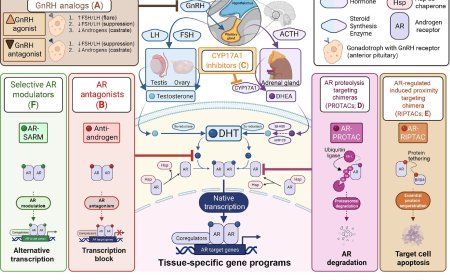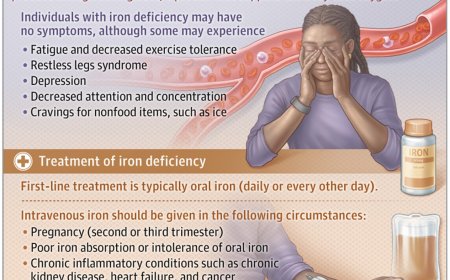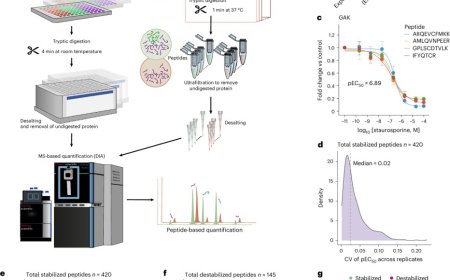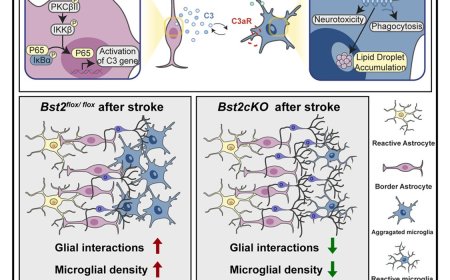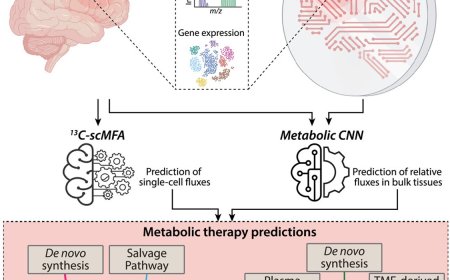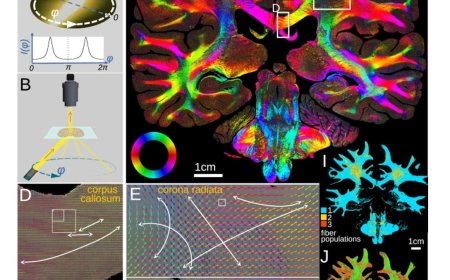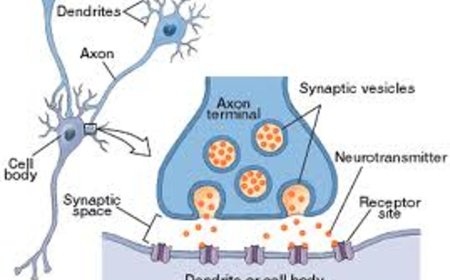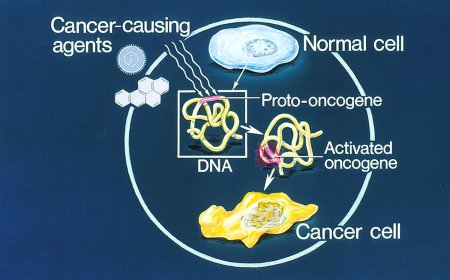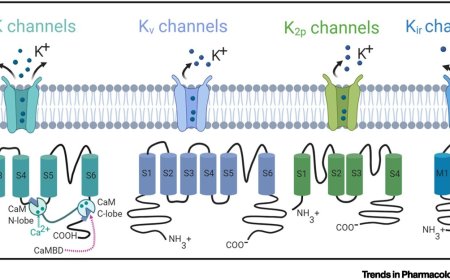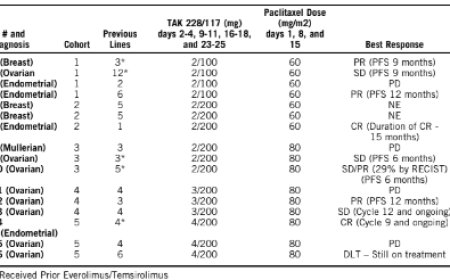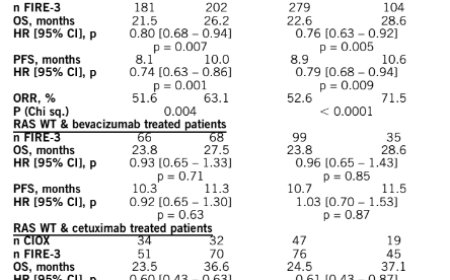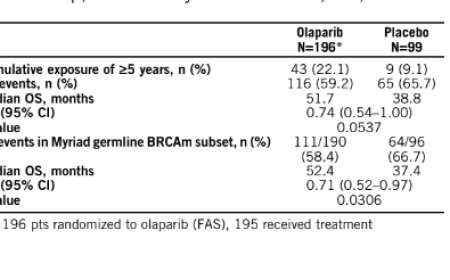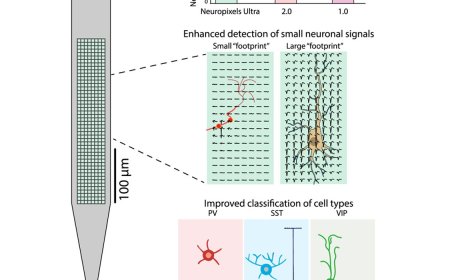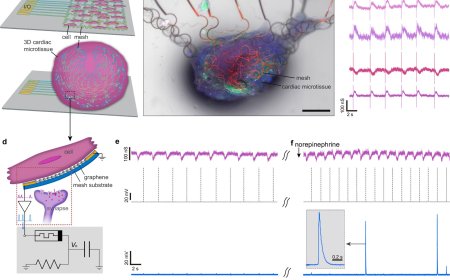Challenges to lipid nanoparticle mediated delivery of RNA to the cytosol
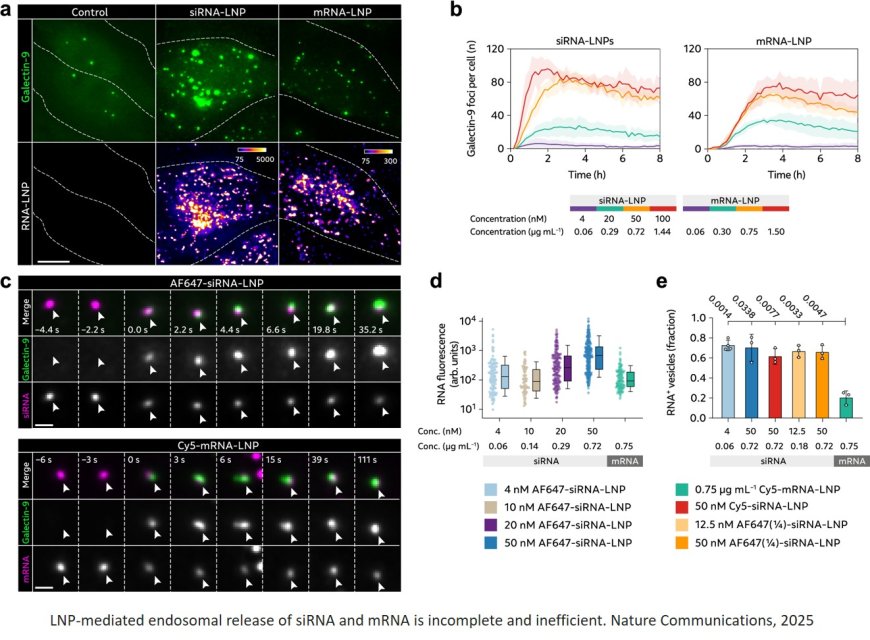
They have been called the vaccine’s secret heroes – the tiny fat droplets that during the pandemic made the mRNA vaccine possible. Researchers are now advancing knowledge about these lipid nanoparticles, which could hold the key to delivering gene therapies against what are currently untreatable cancers and genetic disorders – if we can learn to guide them to the right destination within the cells.
When the world closed down during the pandemic, lipid nanoparticles opened the door for a new sort of vaccine. Researchers are now aiming to use the technique to treat cancer, genetic disorders and even tailor medicine to a person’s DNA.
However, even if the CRISPR Cas/9 gene scissors can open the way for correcting genetic mutations, the tool must be able to get into the cells and reach the gene that is to be corrected. For this reason, intensive research is being carried out on lipid nanoparticles in order to understand how they could be used to deliver new curative treatments for diseases such as cancer, genetic disorders and even some neurological conditions.
“We will have the capacity to rewrite the genetic code when it is misspelled. The technique is already available. But the delivery method must be optimized, and here lipid nanoparticles offer a possible solution,” says an author on the study.
Lipid nanoparticles sound high-tech – but in essence they are made of fat. Just like the body’s cell membranes they consist of lipids, which makes them both biocompatible and good at blending into the body with limited activation of the immune system. The particles act as protective bubbles that encapsulate sensitive content, such as mRNA or other active substances, and help them enter the cells.
They could be described as small spheres – think soap bubbles – that carry their content into the interior of the cells. However, two major challenges must be overcome before the dream of effective delivery of mRNA and gene scissors to different parts of the body can become a reality.
The first challenge is to guide the lipid nanoparticles to the right destination. Most lipid nanoparticles injected intravenously end up in the liver – regardless of where they are actually intended to go. The liver is the body’s major filtration centre and effectively picks up foreign particles. However, far more precision is required to treat a tumour or a genetic disorder in certain organs.
“A drug delivery vehicle must reach the tissue that you want to treat, introduce enough RNA material and reach a sufficient number of cells. It must be effective,” says the author.
In a new study published in Nature Communications, the team has used a method called super-resolution microscopy to study in detail what happens when RNA is delivered into the cells using lipid nanoparticles. Super-resolution means that it is possible to see details at the cell level that are too small for conventional microscopes. This makes it possible to follow how the nanoparticles behave once they have entered the cell.
The second major challenge for the lipid nanoparticles is that they get stuck in endosomes – tiny storage bubbles within the cell – where foreign substances are often confined.
“In the study we saw that the lipid nanoparticles must disrupt the endosome in order to deliver their RNA load to the interior of the cell known as the cytosol. But even if a hole is made, we also saw that only a small amount of RNA is actually delivered into the cytosol from the endosome. In addition, the lipid nanoparticles sometimes make holes in structures in which there is no RNA available to deliver. This means unnecessary damage without any therapeutic benefit,” says one of the authors.
The problem is therefore not just getting into the cell, but also going further and opening the right door. It’s like not just entering a house, but also finding your way out of the hall and into the kitchen where food is cooked, and opening the door.
After entry into the right room, it must also be ensured that a sufficient amount of RNA reaches the target. For vaccines, it is sufficient for a small amount of mRNA to reach the cells of the immune system. The immune system can build up protection even from small signals. However, to treat cancer or genetic disorders in a specific organ requires larger doses for the treatment to be effective.
The knowledge that the researchers are now presenting provides a piece of the puzzle in the work to improve delivery accuracy and effectiveness. Lipid nanoparticles have already been used in billions of people without any apparent safety red flags. But there is a need to make the particles more effective and more accurate.
“What we have seen from the study can help to advance the technique. We have identified those steps that must be improved and be more effective so that we can use lipid nanoparticles to reach more tissues in the body and thereby treat more diseases. The aim is for a sufficiently effective RNA delivery in the future to be able to turn off the driving cancer genes that are overactive in a specific patient’s tumor. This is the Holy Grail in oncology,” says the author.
https://www.nature.com/articles/s41467-025-60959-z
https://sciencemission.com/lipid-nanoparticle-mediated-delivery-of-RNA
